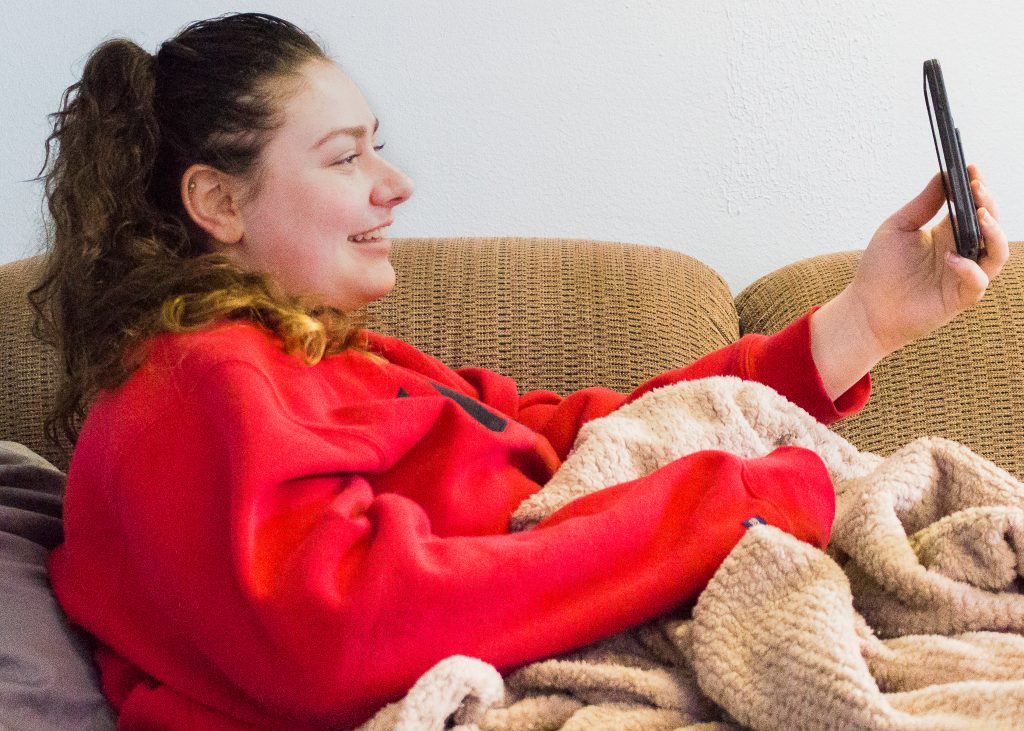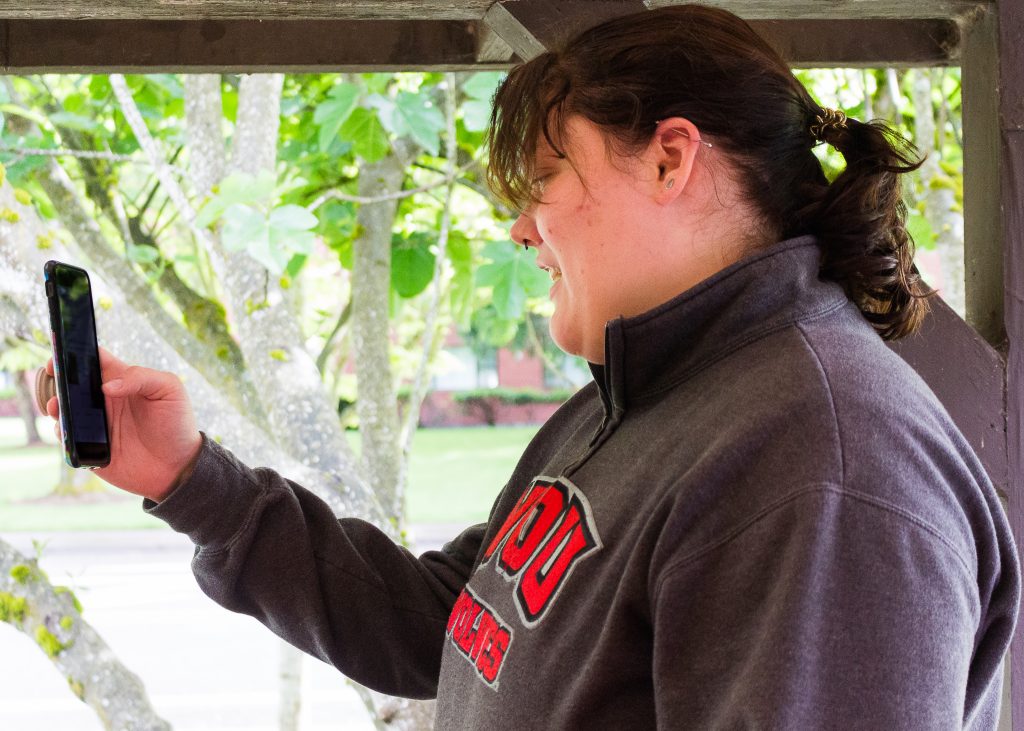
Karlene Curtin | Staff Writer
When I first met Clover, a short hair tabby cat, it was love at first meow. Taking him home for the first time was exciting and also nerve-wracking. Adopting a cat is a lot of work, much more than what people often anticipate. There’s litter box training, grooming, feeding, vet bills and then trying to teach kitty the rules of the home.
After a year with Clover my stress levels have lowered significantly. He has become a major part of my life. He knew when I was having a rough day or if I was not feeling myself and would bring me one of his toys in hopes that it would make me happier. Then, he’d sit next to me and let me pet him.
Bringing Clover home has impacted how I deal with stress significantly. Playing with him, petting him or simply watching his sassy antics brought me joy. Many other college students, like myself, deal with stress and have expressed their furry companion being major stress reliever in their lives.
Jaclyn Spani, an education major and soon to be graduate from Western Oregon, discussed how her cat, Scout, has helped her cope with stress while attending college.
Upon asking why she wanted to get a cat in the first place, her answer was clear.
“I’ve always had a cat in my life,” Spani explained. “I found Scout because one of my dad’s friends was just going to give her up to the Humane Society since he couldn’t take Scout with him. So I took her instead.”
She also added that she wanted to get a cat because, “they’re also just so smart but independent. I knew I wouldn’t have the time that caring for a dog requires, even though they’re great, so a cat was the perfect way to go.” Since having her cat, Spani explained that it has helped her significantly when it comes to coping with stress.
“My cat has been so helpful when dealing with the stress of college. Even just knowing that she’s at home waiting for me can turn days around,” said Spani. “She is so sensitive to what I need and is always around when I’m not feeling well, (or when I’m feeling) stressed or have headaches. She’ll come up and lay on the bed with me and just purr to try and help me feel better. Knowing that there’s something at home waiting for you to play and love is so relaxing.”
Although adopting a pet is a lot of work, it can be worth it when coming home to a perfect companion.
According to the American Institute of Stress, just about any type of pet has been proven to increase their human companion’s health. Caring for an animal can act as a buffer to social isolation and other stressors that negatively impact mental health. Fortunately, this fact allows mental health professionals to certify pets as Emotional Support Animals that can overcome some housing barriers students face. College isn’t easy, but a furry (or scaly, or feathery) friend can make it a little easier.
Contact author at kcurtin14@wou.edu
Photo by Ashlynn Norton









